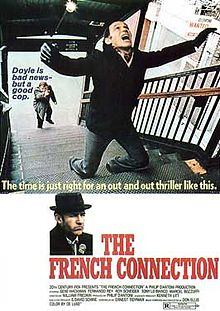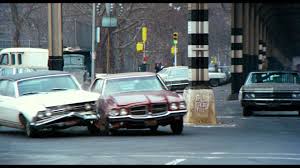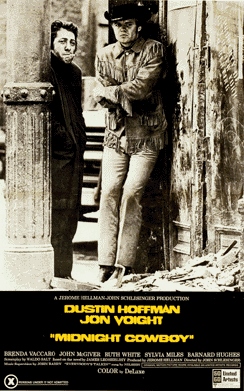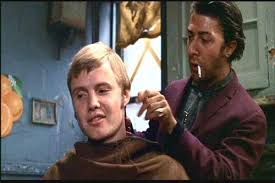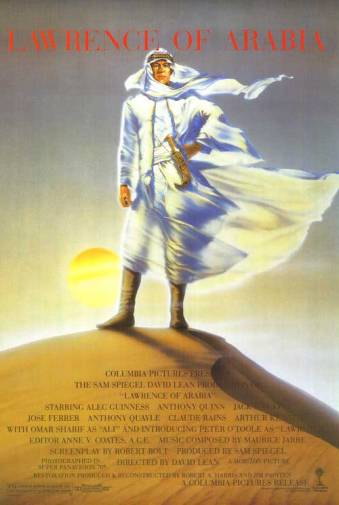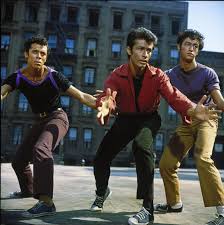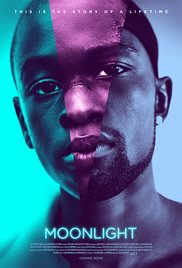
“And the winner for Best Picture is…La La Land.” Faye Dunaway and Warren Beatty
“If you see something, say something.” New York City Subway safety slogan, sound advice for award presenters.
Whatever you want to say about the 2016 (2017?) Academy Awards, you can’t say they weren’t memorable.
Yes, Warren Beatty and Faye Dunaway announced the wrong winner for Best Picture, only for the mistake to be rectified a mere three speeches in. I was only half-listening when suddenly a producer blurted out “We lost, by the way” and amid a frenzy of activity and confusion, it was finally announced “Moonlight” had won Best Picture.

The moment when it all went to hell, Oscars 2017. Faye Dunaway fled the scene like she was still in Bonnie and Clyde.
So, casting aside the schadenfreude, the Oscars aren’t technically supposed to be only about movies that make a tremendous social impact or say something “important.” They are just supposed to be about the BEST movie, whatever such a subjective term entails. The Oscars have at various times – and certainly recent Best Picture winners indicate we are in one of those periods – rewarded movies about social problems and injustices (Spotlight, 12 Years a Slave). And for me personally, to have awarded La La Land in the current mood just felt so frivolous. Giving the picture to Moonlight reflects well on the Oscars. Contrast that to the social upheaval of the 1960s when the Oscars gave Best Picture to a musical four times! In the end, this was a battle between the Academy’s two favorite types of winners: Movies that tell us how important movies are (La La Land) and movies about social ills (that of course can make people involved in movies feel smugly important). I also think La La Land peaked too soon, as there was definitely a feeling of backlash about how much praise it was getting (maybe 14 nominations were a few too many?).
But I personally, I also liked Moonlight better. Yes, the movie checked a lot of boxes for important liberal topics, but it also wasn’t preachy. It really is a well told story about a boy betrayed by those he loves, forced to navigate his way in an unfriendly world and how he responds to that. It’s quiet and intense. The most memorable scene has to be the beautiful moment when Mahershala Ali’s character teaches the young boy to swim in the ocean, like a symbolic baptism. Someday, I’ll do a full write up for Moonlight, but for now I’ll say I think it provides a poignant look at growing up with myriad disadvantages and the painful ways a person builds a wall to protect himself.
My Official Best Picture Nominee rankings, for the record:
- Hell or High Water
- Manchester by the Sea
- Moonlight
- Hidden Figures
- La La Land
- Fences
- Arrival
- Hacksaw Ridge
- Lion
Complete Winners List with notes where appropriate (Checkmark means I correctly picked it).

The four acting winners, Mahershala Ali, Emma Stone, Viola Davis and Casey Affleck
✔ Director: Damien Chazelle, La La Land
Best Actor: Casey Affleck, Manchester by the Sea
✔ Actress: Emma Stone, La La Land
✔ Supporting Actor: Mahershala Ali, Moonlight
✔ Supporting Actor: Viola Davis, Fences. Davis wisely played into the ol’ chestnut of somehow getting yourself nominated for a supporting role when you actually have leading role time
✔ Animated Feature: Zootopia
✔ Original Screenplay: Manchester By the Sea
✔ Adapted Screenplay: Moonlight
✔ Foreign Language Film: The Salesman (Iran)
✔ Documentary Feature: O.J.: Made in America
Best Documentary Short Subject: The White Helmets. This wasn’t even the best documentary short about the war in Syria (there were 3!)
✔ Cinematography: La La Land
Best Costume Design: Fantastic Beasts and Where to Find Them. This was the one that really sparked the La La Land backlash and thing is, I really thought it would have been a fine choice to win. Emma Stones pastel dresses are great, admit it.
Best Film Editing: Hacksaw Ridge – This probably should have been the clue something was up with La La Land, although I personally started freaking out they’d give Hacksaw Ridge Best Picture or even worse, Mel Gibson Best Director
Best Live Action Short: Sing. Actually a really neat little movie about a middle school choir director who emotionally blackmails some of the students into lip syncing so as to improve the overall choir’s importance. It was kind of like Whiplash Jr.
Best Makeup and Hairstyling: Suicide Squad. Is Suicide Squad the worst reviewed movie to ever win an Oscar? While hilarious, I still think Star Trek was more deserving.
✔ Original Score: La La Land
✔ Original Song: “City of Stars”, La La Land
✔ Production Design: La La Land
Best Sound Editing: Arrival
✔ Sound Mixing: Hacksaw Ridge
Best Visual Effects: The Jungle Book (I still think Dr. Strange was robbed)
✔ Animated Short: Piper
15/24 or almost 2/3 (and exactly 2/3 in the parallel universe Beatty and Dunaway occupy)!
The show itself was pretty much a snoozer until the end, which we will never, ever forget. I thought Jimmy Kimmel did pretty well, actually, better than most recent Emcees, but the bit with the tourists was eye rolling. The running Matt Damon abuse was certainly a highlight.



















